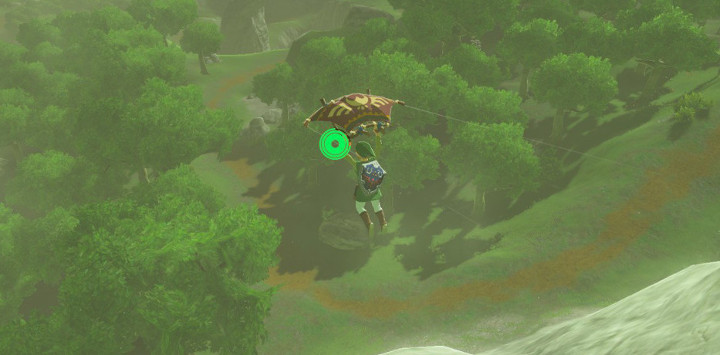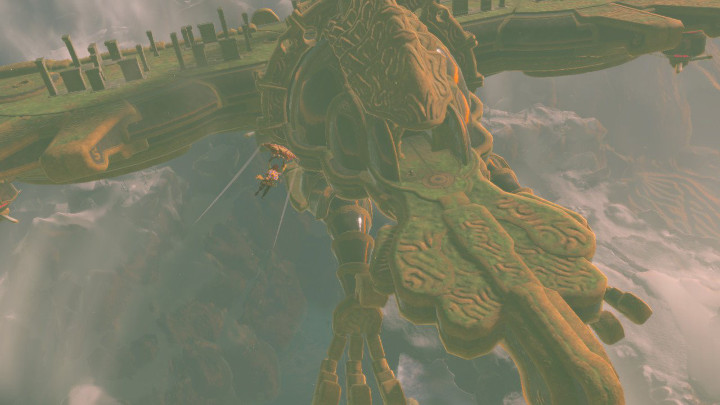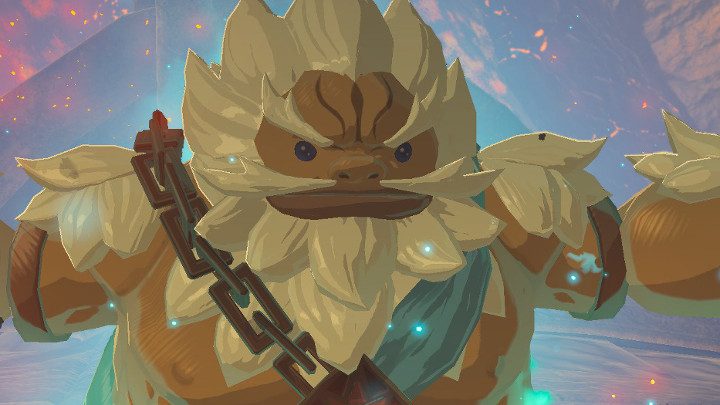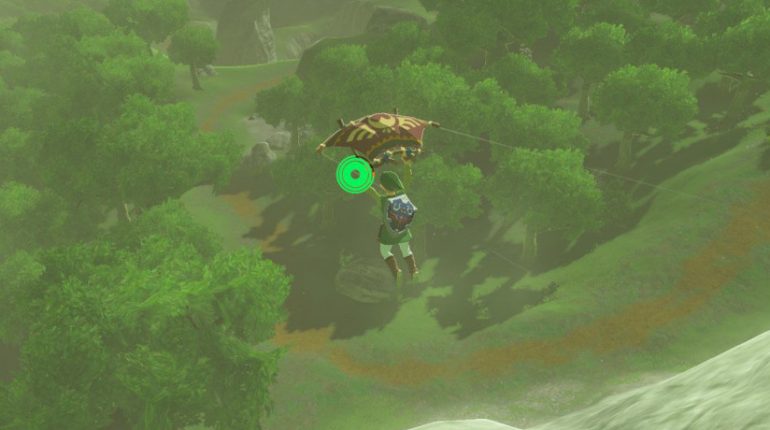
In The Legend of Zelda: Breath of the Wild, wandering is its own reward. When Link can climb any surface and leap off to perform a lengthy glide with the Paraglider, no wall or mountain range is a barrier — as long as he’s got some green left in his stamina meter. Nothing is off limits, so the world comes alive in unexpected ways.
Even after I’d pushed through Breath of the Wild‘s main quests and all 120 Shrines, I found myself perpetually seduced back into its vast, beautiful world. Traversal is so fluid that just poking around an uninhabited glen brings back that very same sense of wonder and joy that firing up the game for the very first time did. Off the top of my head, I can think of very few video games where discovery feels so rewarding for so many hours (maybe Minecraft does, I suppose).
But like all good things, Breath of the Wild must eventually come to an end. Unlike Minecraft’s randomly generated sandbox, this world is finite. There are only so many Korok seeds (well, there are 900 actually) to discover and roaming bosses to defeat before any justification for returning fades.

I attempted to return to Horizon Zero Dawn — which is a fantastic game — after my hundred-plus hours in the wilds of Hyrule. In doing so, I stumbled into a startling discovery: Breath of the Wild‘s terrain traversal had become ingrained in me. It had taken over the part of my muscle memory that’s reserved for subconsciously memorizing controller layouts and had permanently altered the way I think about game-world exploration.
Horizon Zero Dawn‘s world was no longer a fascinating future realm filled with robot dinosaurs; it had become an exercise in perpetual frustration. I wasn’t able to enjoy the game the way I had in my pre-Breath of the Wild state of euphoria. All of a sudden, falling off a cliff would be a fatal mistake, and the faces of mountains — or even six-foot boulders — had become insurmountable obstacles. Instead of being enthralled by what could be explored, I found myself hyper-focused on what couldn’t.
I’d like to think that the whole video game industry is taking note, and that this sort of free-form exploration will become the rule, not the thrilling exception. Perhaps, like Ocarina of Time did almost twenty years ago, Breath of the Wild is ready to trigger a gigantic shift in video game design philosophy.

But even if this is proven to be the case, we’ve got a while — perhaps several years — before we see the fully developed fruit of this shift. In the meantime, those of us who have played Breath of the Wild are going to have to re-acclimate to the old way of doing things.
Unfortunately I don’t have any tricks or ideas that will make this easier to do.
I’m eventually going to attempt to start Horizon Zero Dawn over again from the very beginning. Before that, though, I need to cleanse my palette with something that doesn’t have exploration as a key component. Right now, that’s Persona 5. Perhaps I can return to Horizon when the taste of Breath of the Wild has completely faded from these metaphorical taste buds.
I certainly hope so, though I fear terrain traversal has been permanently ruined for me.
